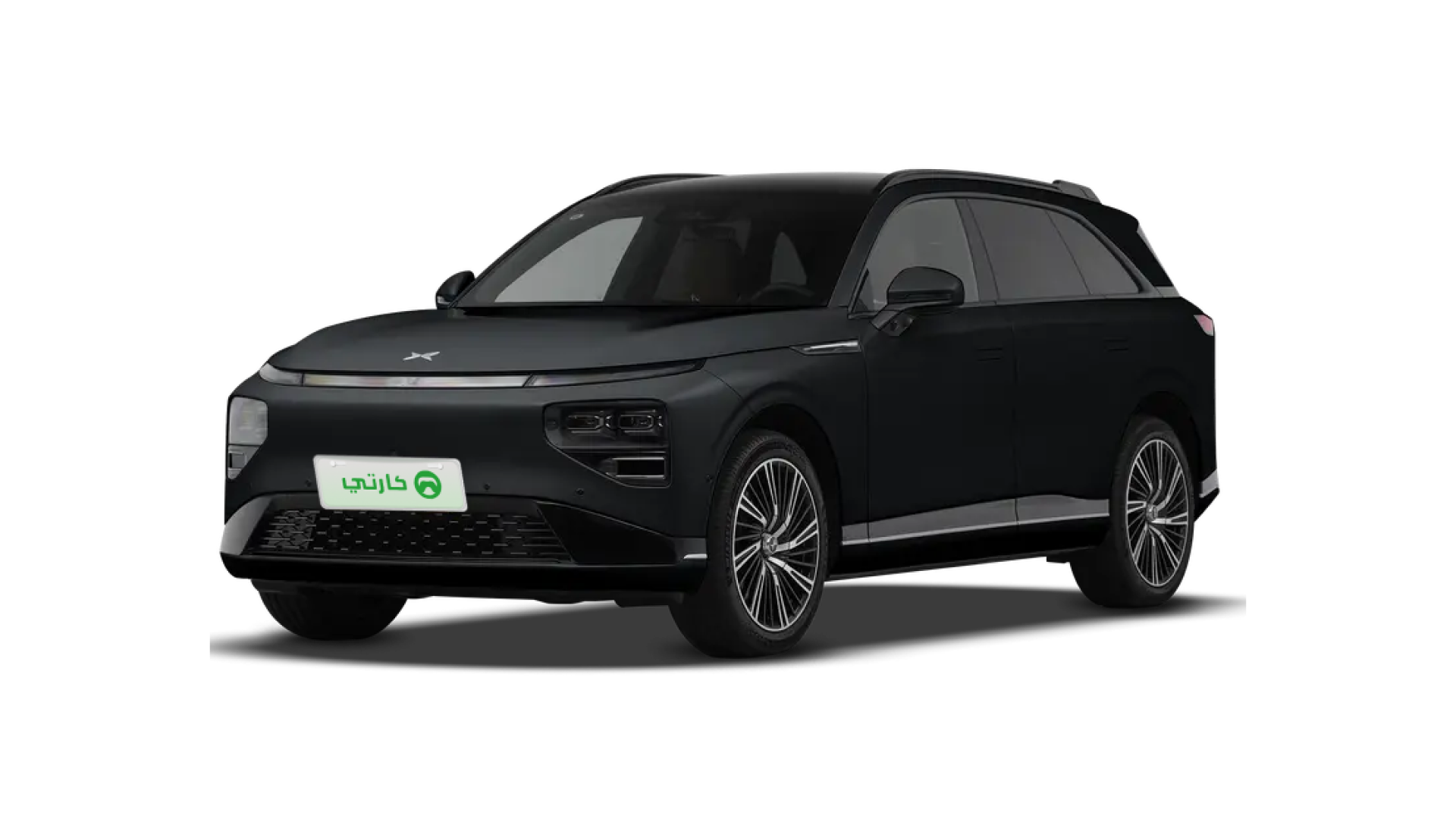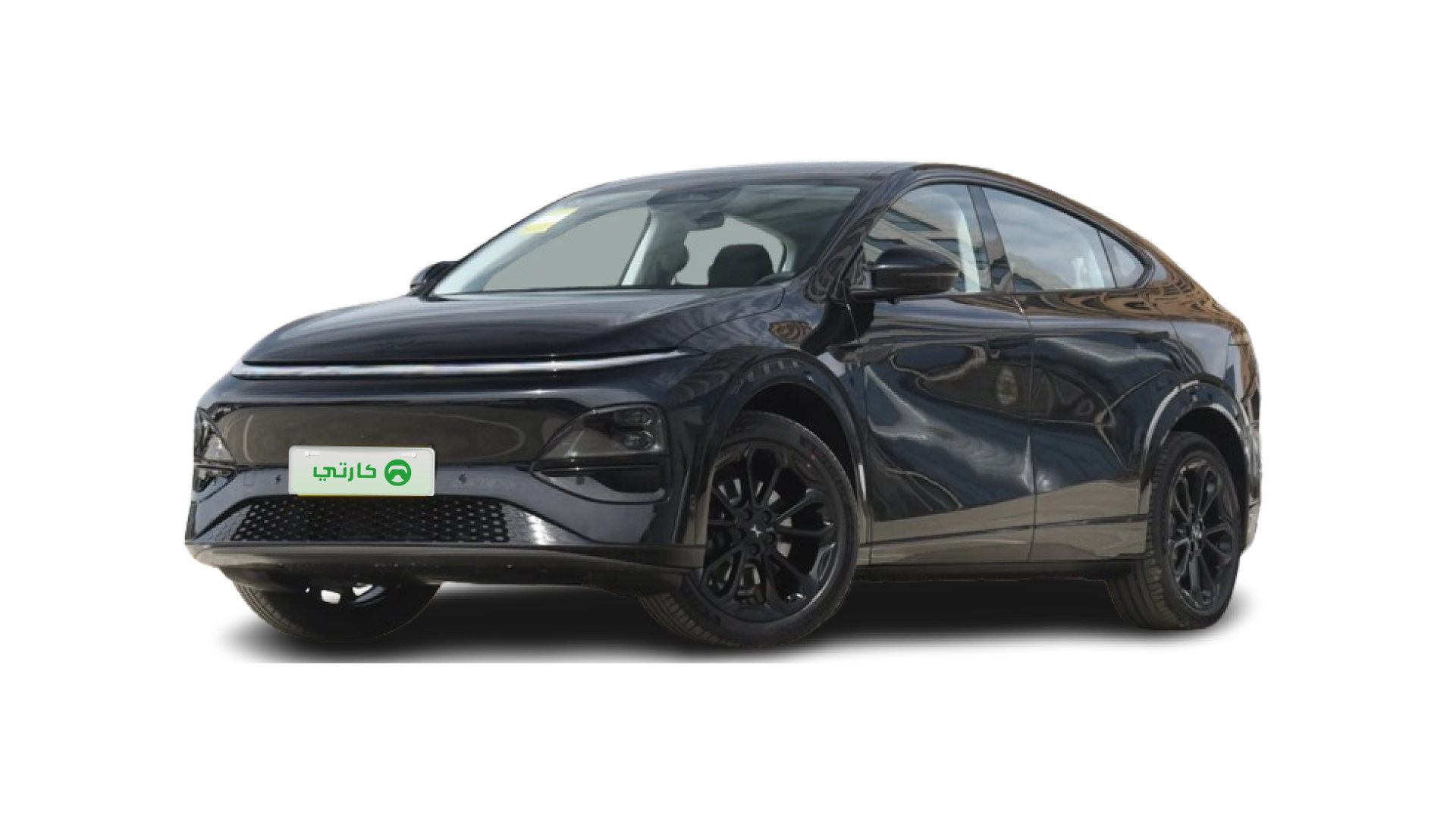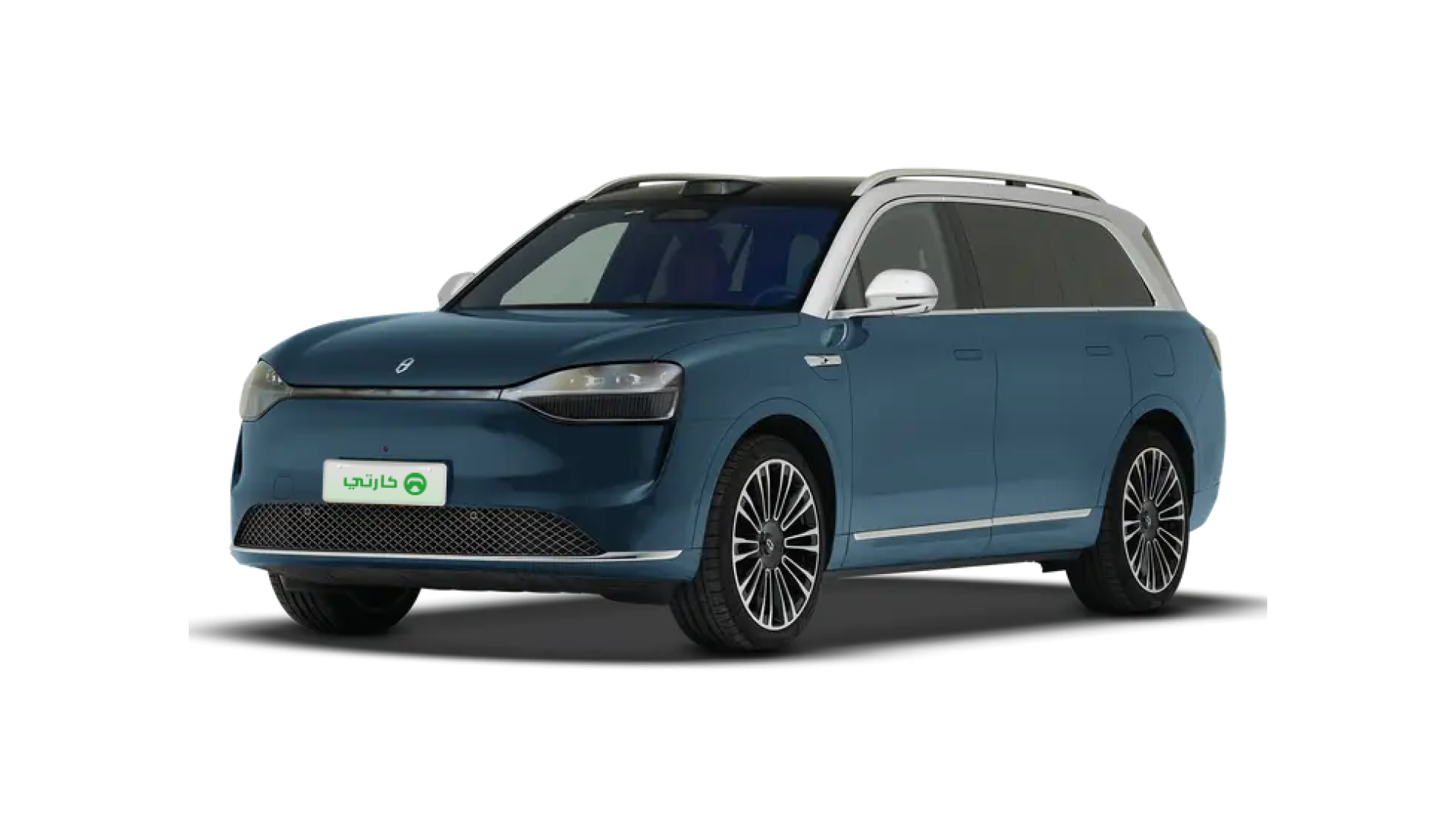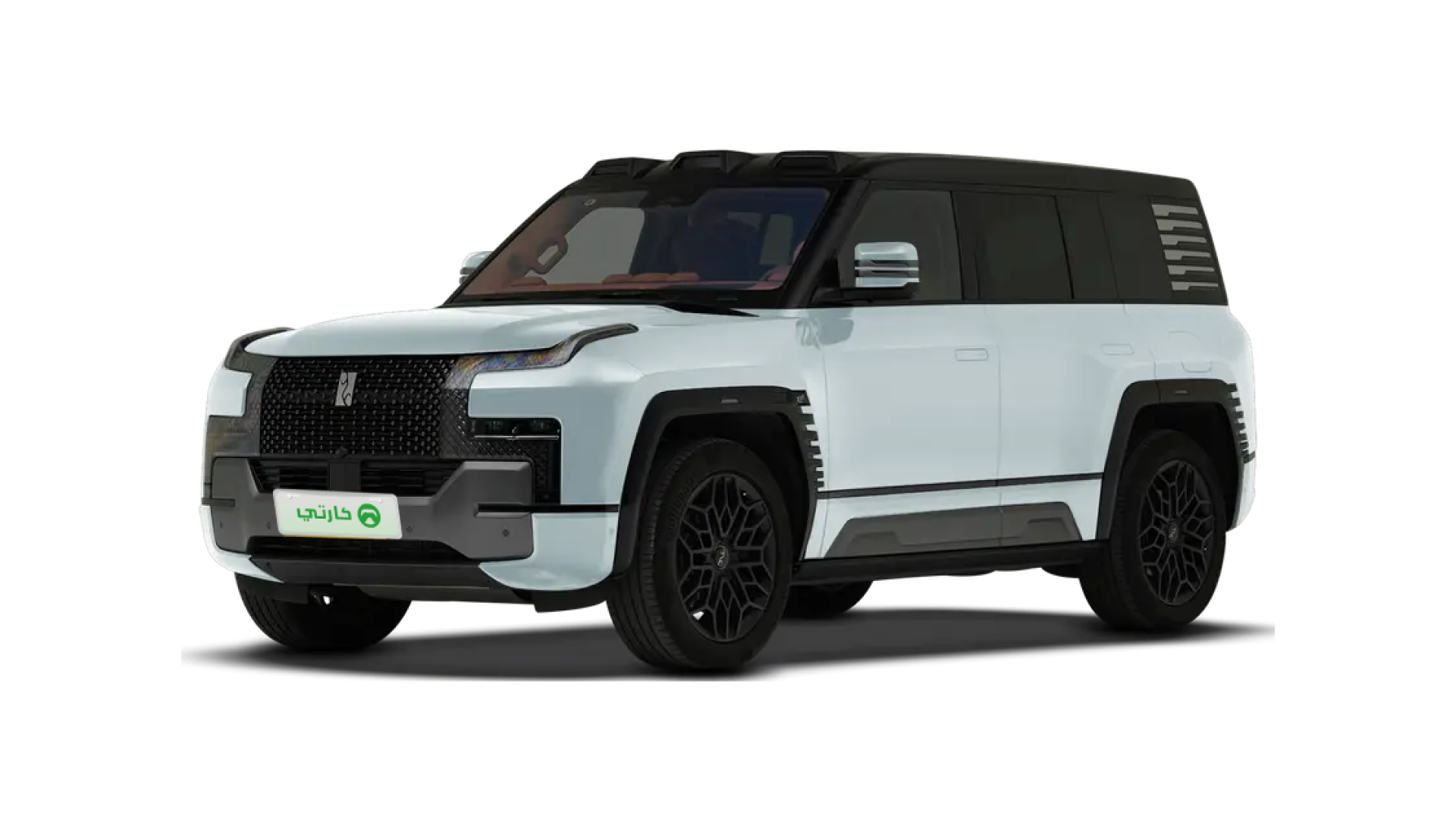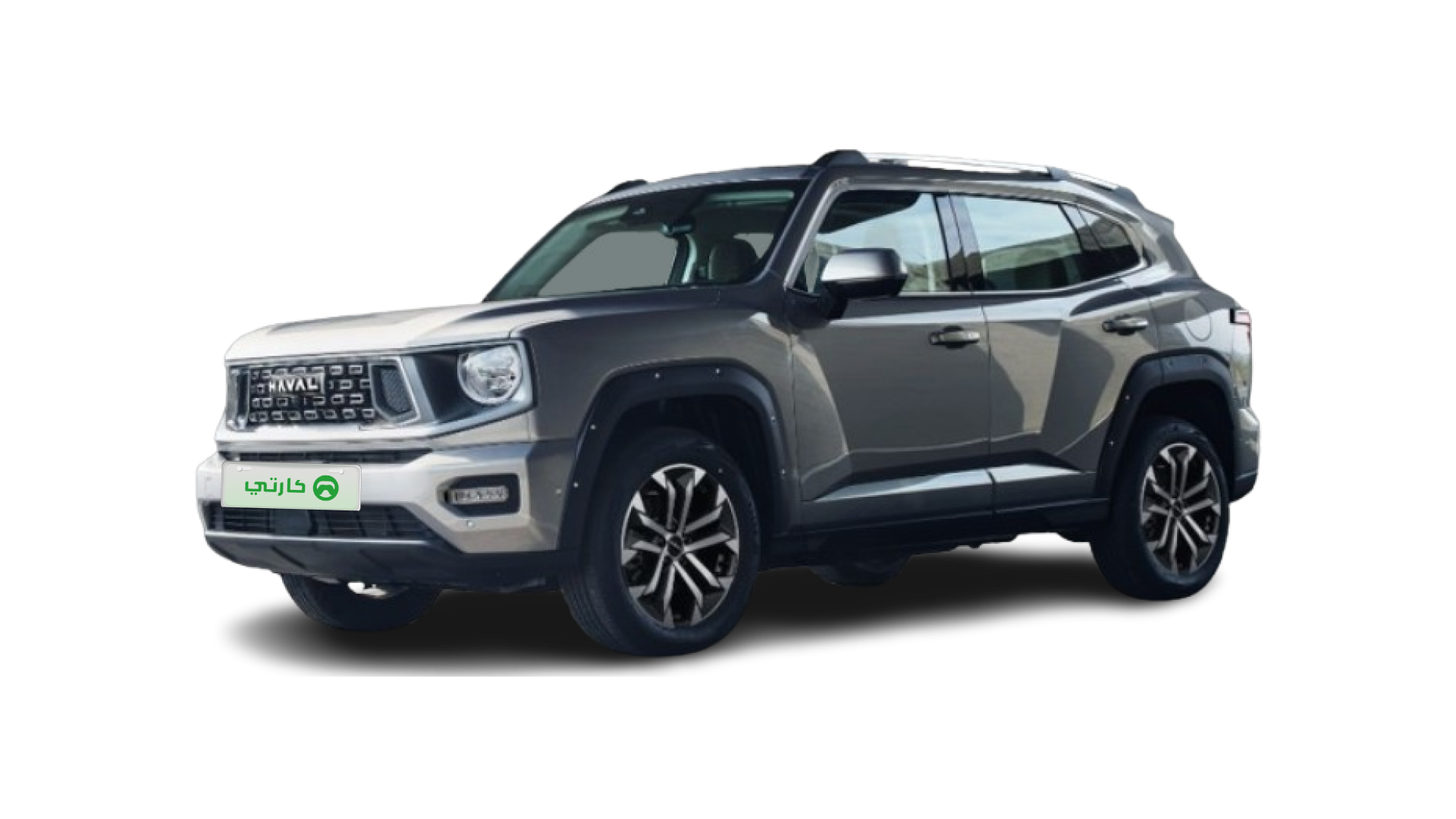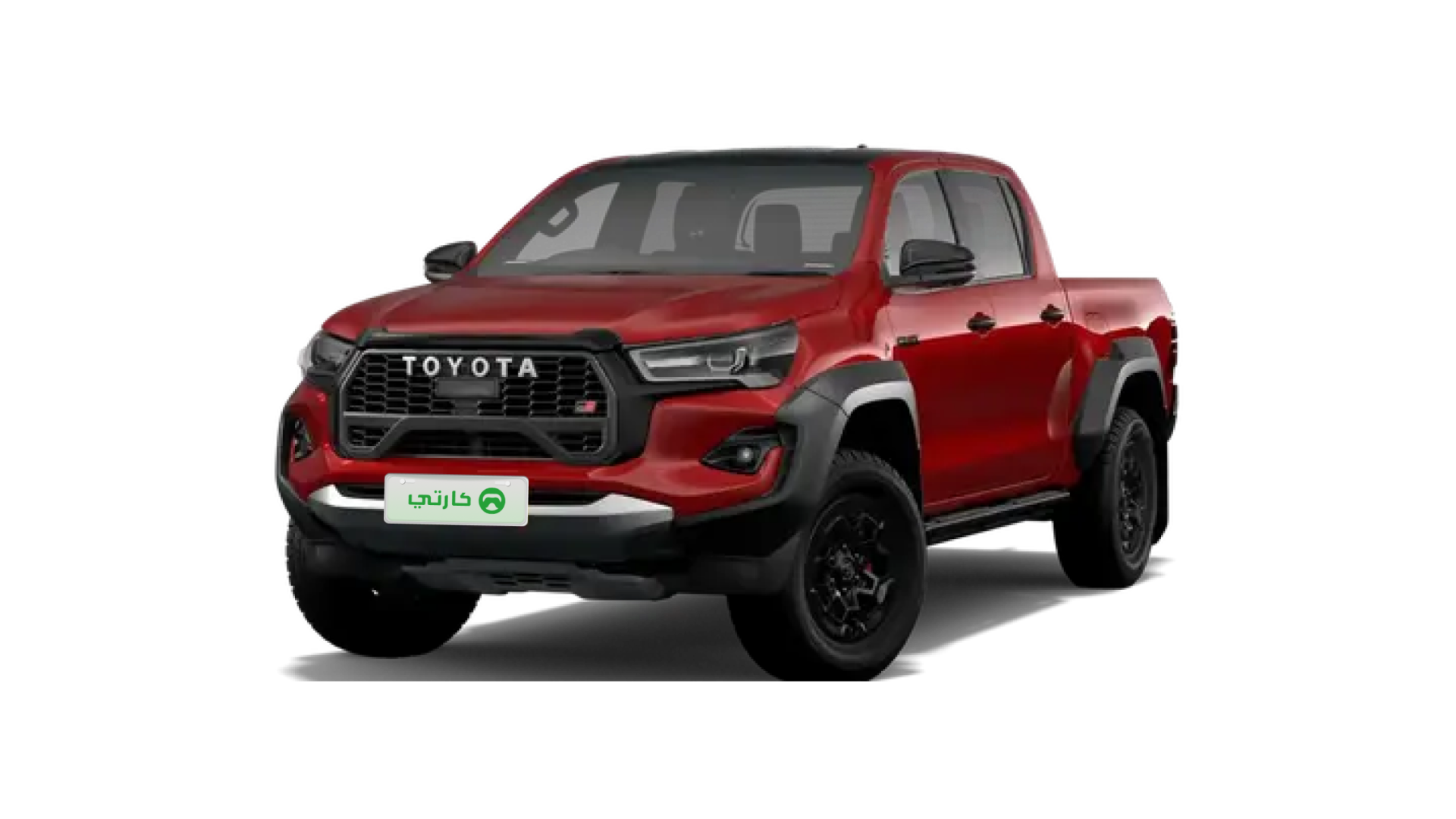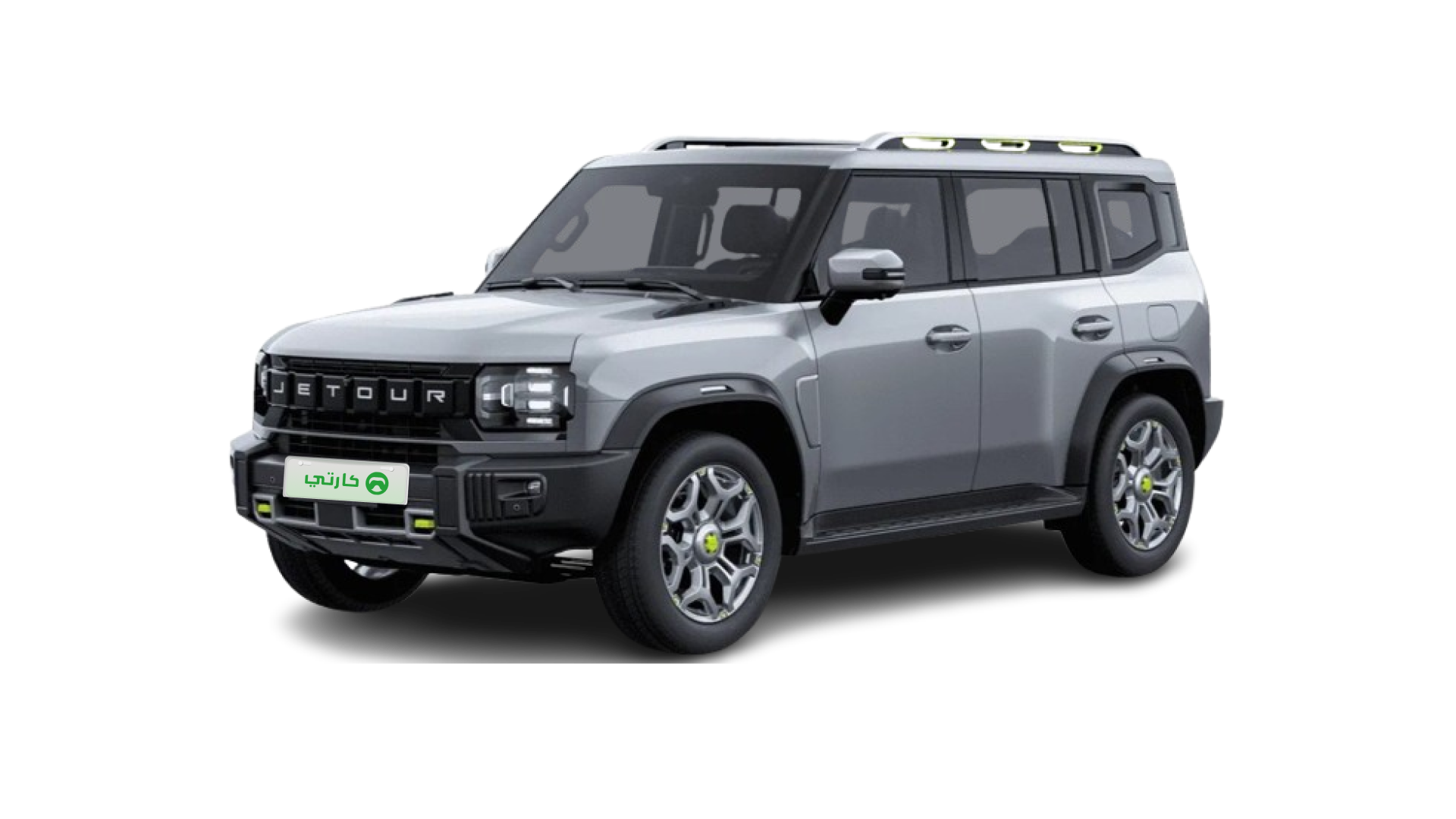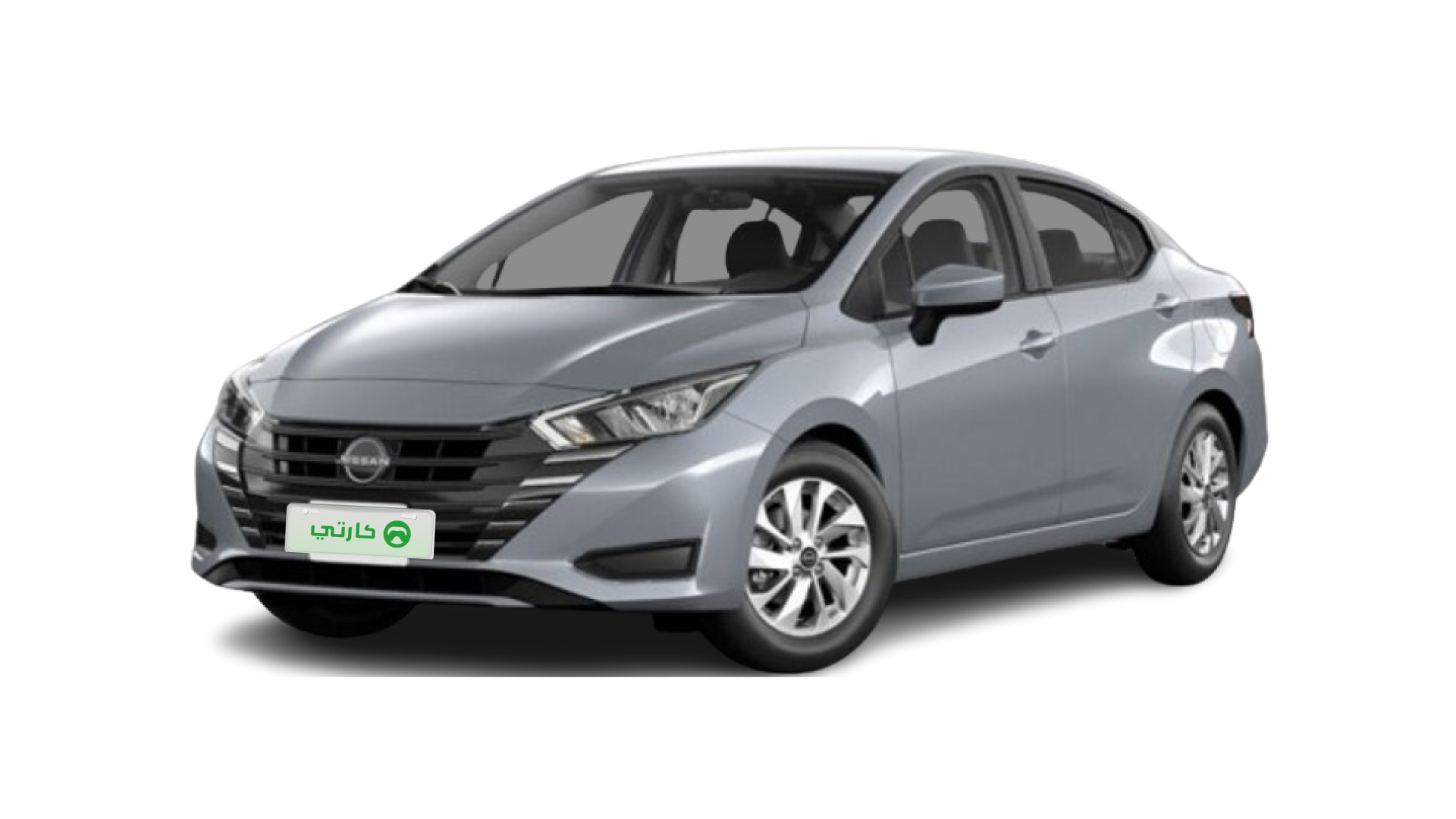The Shanghai International Auto Show 2025 brought together nearly a thousand domestic and international exhibitors to unveil cutting edge developments in electric vehicles and smart mobility. While the event buzzed with new energy reveals, the conspicuous absence of several leading and luxury marques underscored deep shifts in production priorities and marketing strategies, especially within China’s fiercely competitive market.
Korean Brands Withdraw
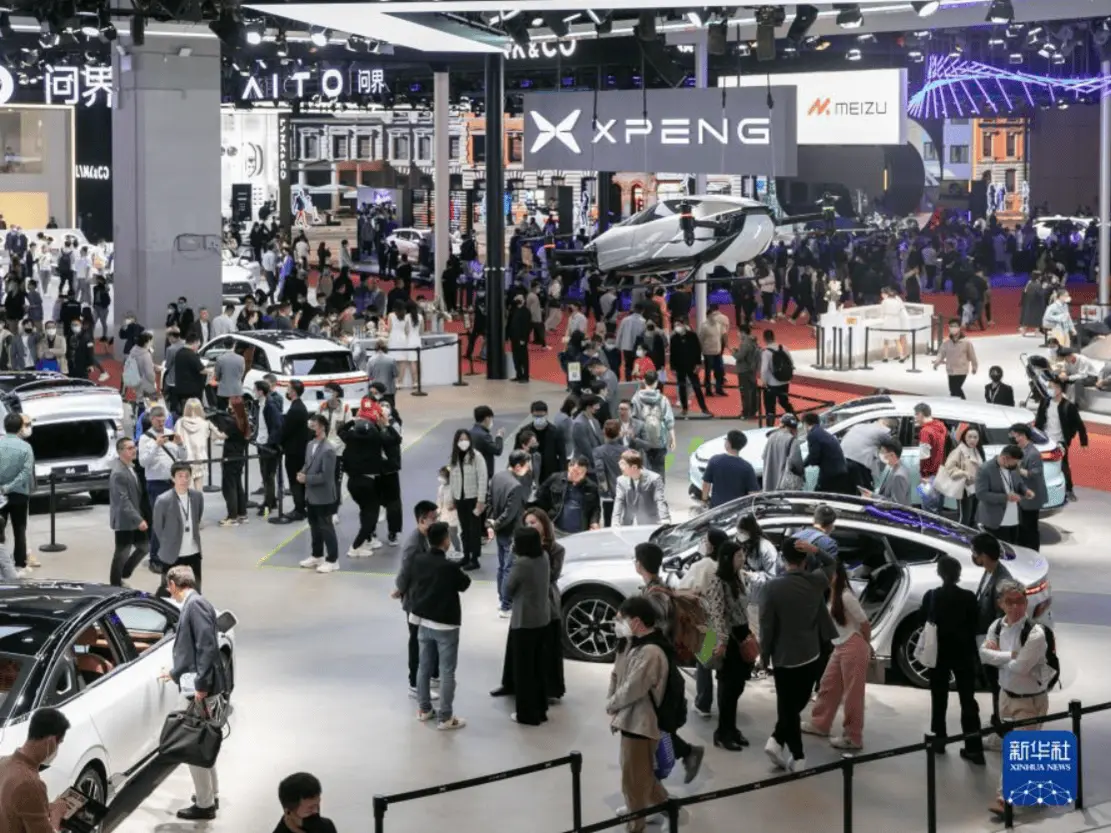
Hyundai, Kia, and Genesis all skipped this year’s show, none have been absent since entering China in 2002. Their combined market share dipped to just 1.6 percent by late 2024. In response, Hyundai Beijing convened a strategic briefing in Shanghai, where it introduced the ELEXIO electric platform and reaffirmed its “In China for China to Global” plan to strengthen local production. Genesis, meanwhile, launched its “2.0 era” initiative to optimize operations and lay groundwork for future expansion across China.
French and British Brands Opt Out
Citroën, Peugeot, Jaguar, and Land Rover also stayed away from the main exhibition halls. Instead, Land Rover hosted a separate event to present its China focused EV roadmap, signaling a preference to engage directly with local partners rather than through the general auto show format.
Retreat of Ultra Luxury Marques
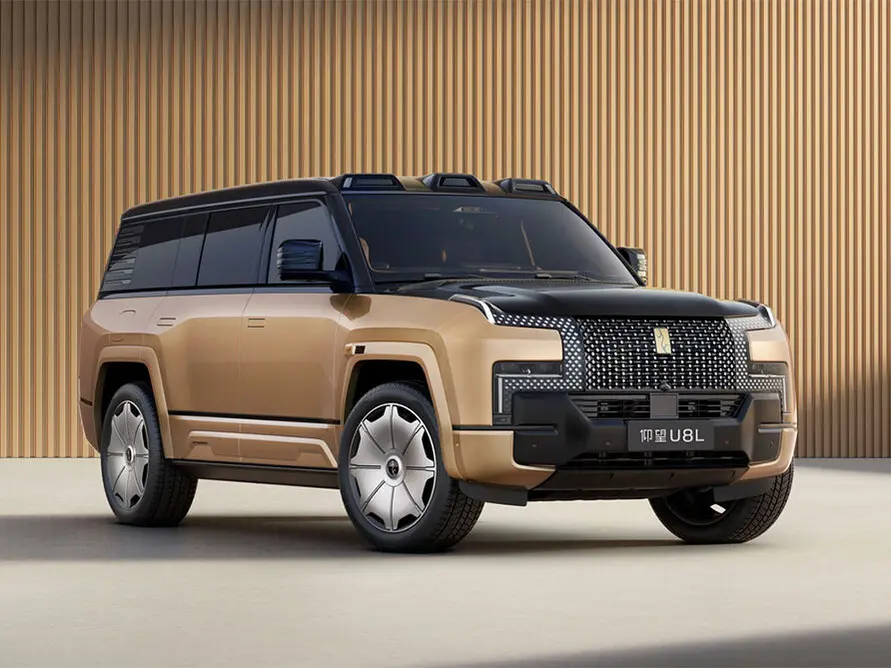
Bentley and Porsche maintained their luxury pavilion spots, but Maserati, Lamborghini, and Rolls-Royce pulled out amid a 53 percent plunge in Q1 sales of cars priced above ¥1 million ($137,000 - 503,634 AED). At the same time, domestic premium labels advanced aggressively: BYD’s Yangwang exceeded 10,000 cumulative sales, and the Maextro S800 debuted ahead of its expected May launch.
EV Startup Challenges
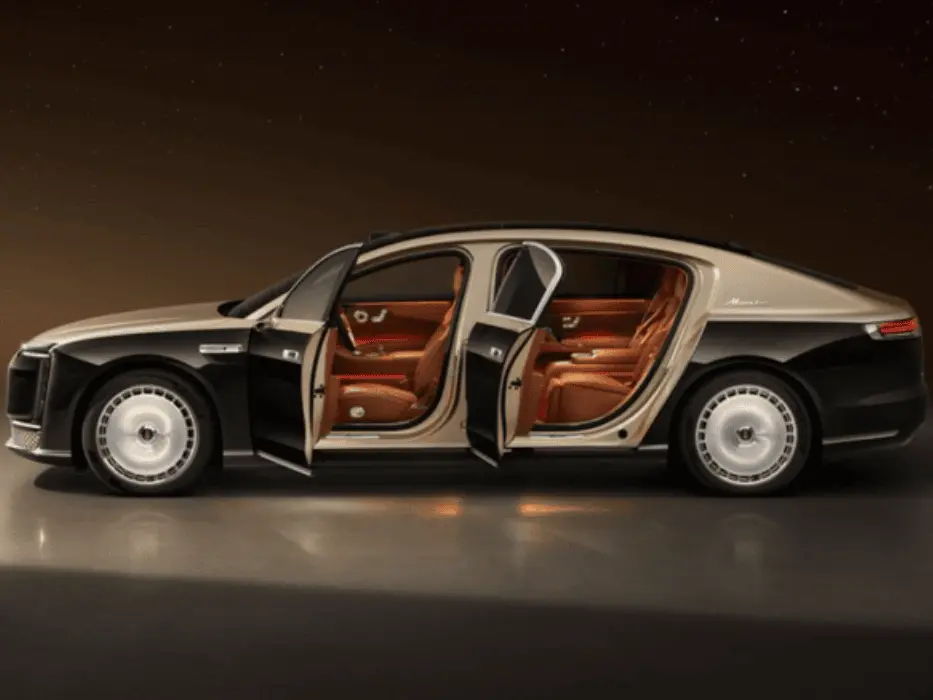
Startups HiPhi, Jiyue, and Neta faced operational crises that kept them off the show floor. HiPhi entered restructuring, Jiyue battled supplier disputes, and Neta struggled under heavy debt loads. Their absences highlight the steep resource demands of sustaining an EV venture in today’s market.
New Chinese Contenders Emerge
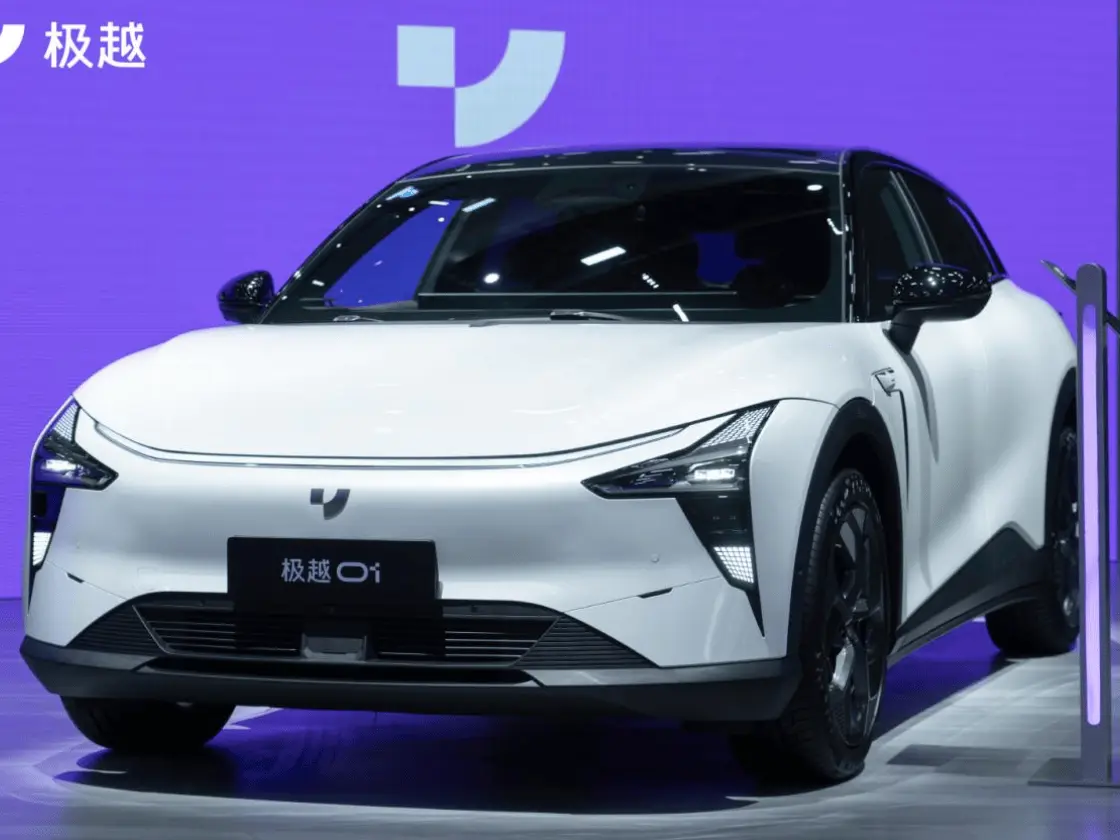
In contrast, Xiaomi Automotive, Stellantis backed Leapmotor, and Huawei’s HIMA brand captured attention with advanced EV architectures and striking concept models. Their strong presence signals China’s transition into a second wave of automotive innovation on par with established global players.
Strategic No Shows and Market Implications
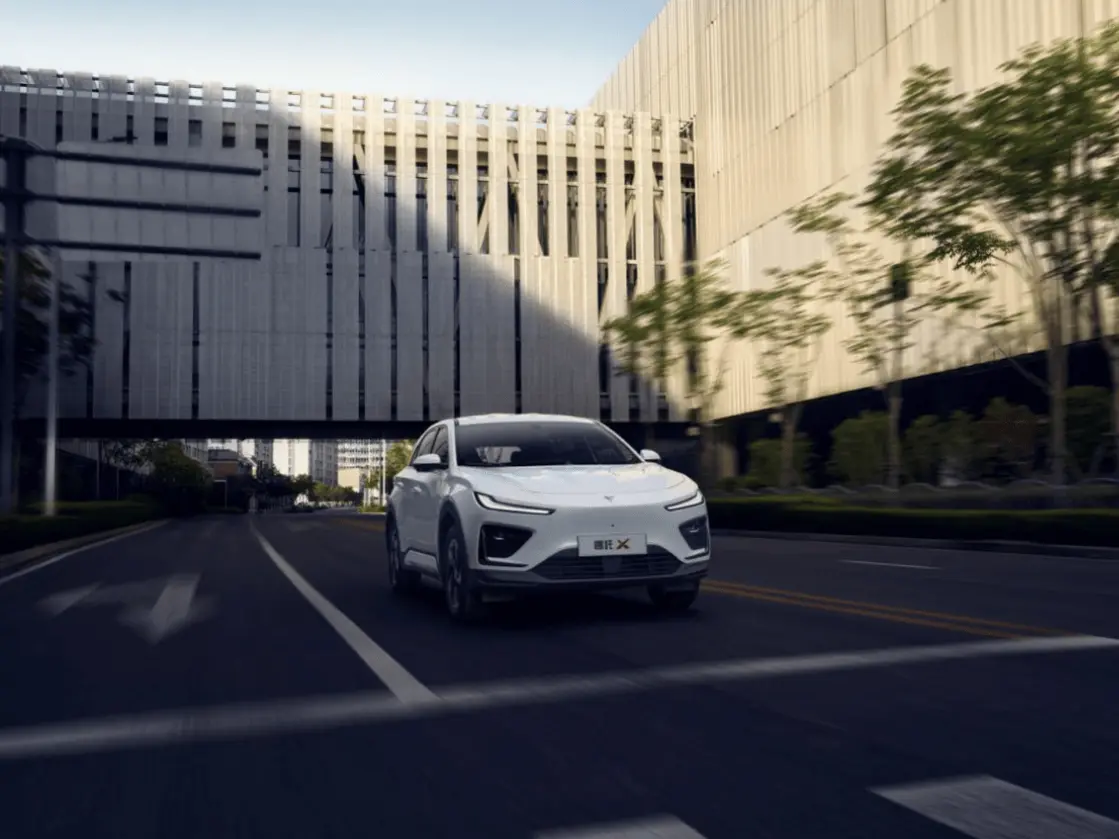
Tesla again refrained from exhibiting, its last major release dates back over a year, and Polestar did not showcase its Polestar 4 despite prior prominence. Chevrolet, Subaru, Jetta, and Venucia (Dongfeng Nissan) also sat out this cycle, indicating a shift toward more flexible, cost efficient channels over traditional auto show appearances.
These strategic withdrawals and emerging local strengths suggest the auto industry is at a pivotal juncture. Innovation imperatives now collide with cost pressures and evolving consumer tastes, setting the stage for a reconfigured competitive landscape in the years ahead.

Abdul Rahman is an avid car enthusiast with over a decade of self-driving travel experience. He loves hitting the road in various vehicles, exploring different landscapes. Besides, he enjoys sharing practical knowledge about car usage, helping fellow drivers solve problems and make the most of their rides.
